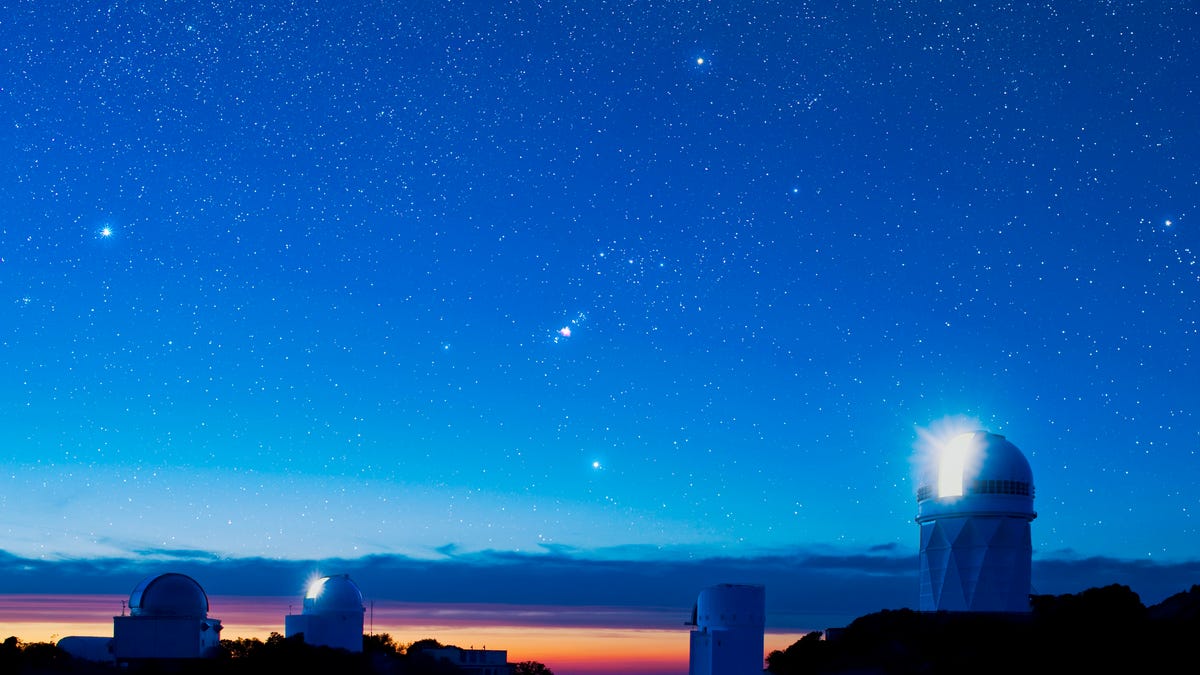How a new NASA tool might help us find ET
The US space agency believes its "next-gen planet hunter" could give us vital information about 4,500 possible planets.

Christopher Columbus gets a lot of credit (rightly or wrongly) for "discovering" a new hemisphere -- or basically half a planet. But how much credit do you get when you discover 4,500 complete new worlds?
That's a question worth asking after NASA revealed its latest effort to expand the boundaries of the known universe.
In partnership with the National Science Foundation, the 57-year-old National Aeronautics and Space Administration said Tuesday that it's picked a team at Pennsylvania State University to build a telescopic instrument that NASA is calling a "next-gen planet hunter."
NEID (pronounced "NEE-id") is short for NN-Explore Exoplanet Investigations with Doppler Spectroscopy. NASA says the device will provide valuable insight into as many as 4,500 possible planets detected by previous missions.
It's kind of a big deal given that until 1995, the only planets astronomers and scientists really knew anything about were the ones in our solar system.
"This is a great step forward," said Doug Hudgins, an astrochemist working on NASA's Exoplanet Exploration Program. "This is a crucial piece."
NASA expects to install the $10 million NEID onto a 3.5-meter-long telescope at Kitt Peak National Observatory in Arizona sometime in 2019.
Over the past 20 years, NASA's unmanned missions deep into space, such as Kepler and K2, have detected thousands of possible planets, but its scientists haven't been able to confirm many of those findings or answer vital questions about those could-be planets. Are they rocky? Are they water worlds? Or, the important question: Are they hospitable to life?
Previous NASA planet-hunting missions have used a method called the transit technique. Scientists assume that a dip in a star's brightness reveals the movement of a planet around that star. But NEID relies on a different method. It helps an Earth-bound telescope measure the tiny wobbling of a star. Those movements can tell astronomers there's a planet orbiting a star (and exerting gravitational pull), and they can even reveal the planet's mass. The more wobbling, the more massive the planet.
Don't pack your bags for another corner of the universe just yet.
Even if NEID finds an Earth-like planet, we're still waiting for another trip -- in this case, the James Webb Space Telescope, not launching until 2018 -- to head to deep space to probe for more info.
Long wait or not, the scientists at NASA are almost giddy about their new tool's potential.
"It's like we're going into an unexplored jungle," said Hudgins. "Every example of wildlife is still new to us."

